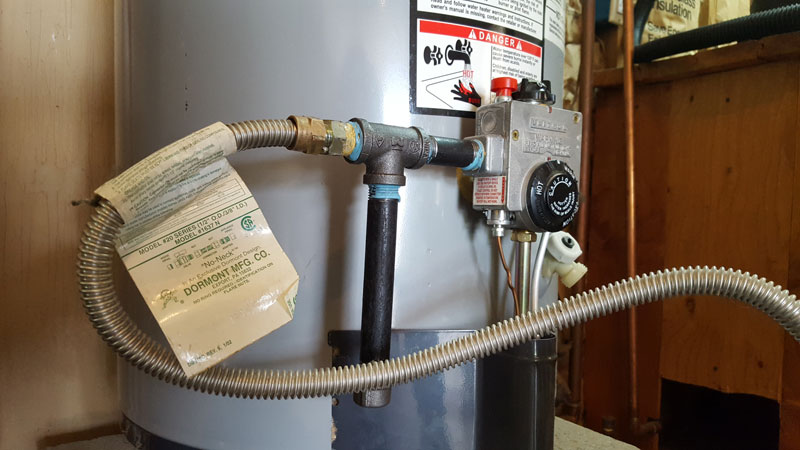Toolaholic
General Contractor Carpenter
here in sf we are forced to put in more drip legs than anywrere.
this is there amendements in addition to the upc. in removing old ones i,ve yet to find debrea! what,s your thoughts on this please . thanks Tool
this is there amendements in addition to the upc. in removing old ones i,ve yet to find debrea! what,s your thoughts on this please . thanks Tool

